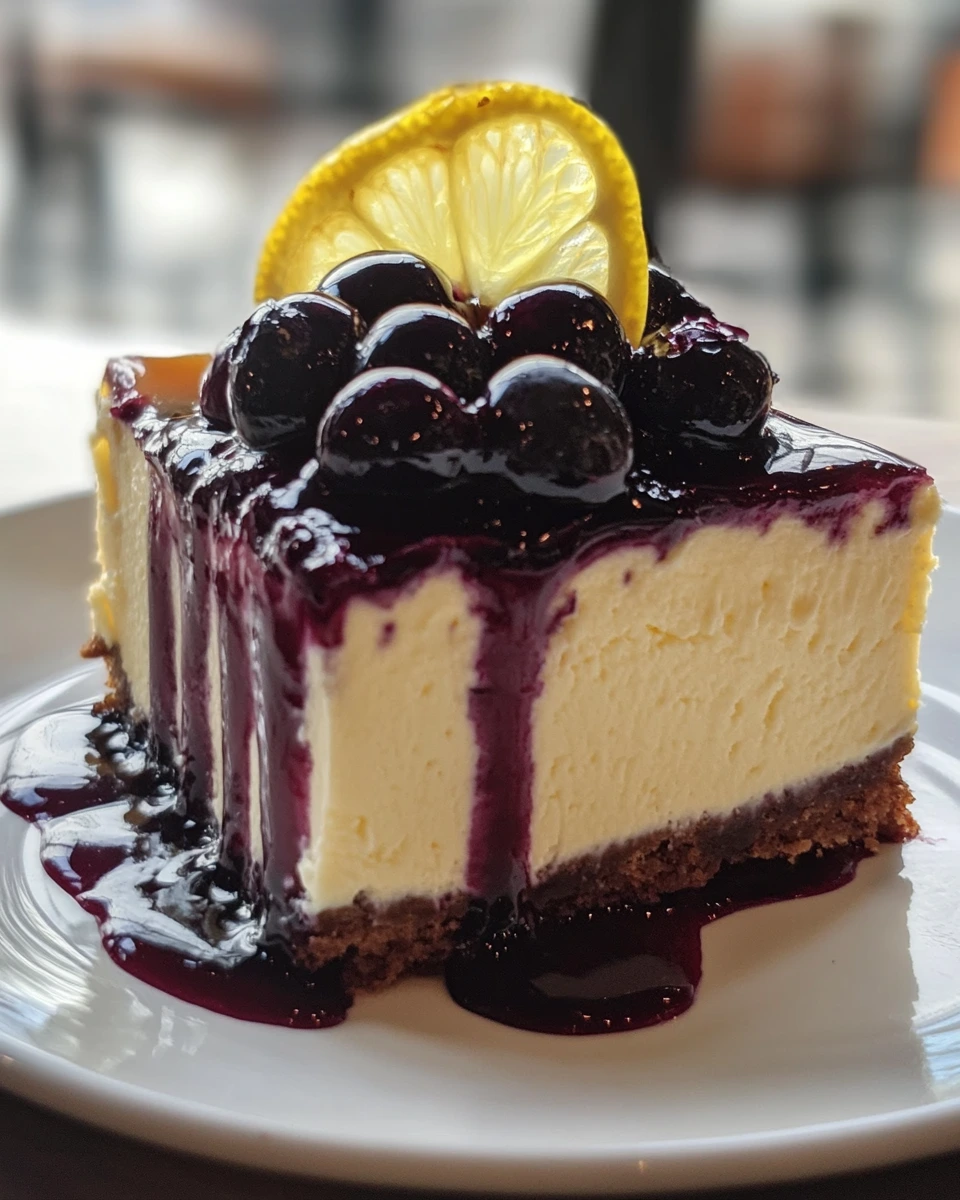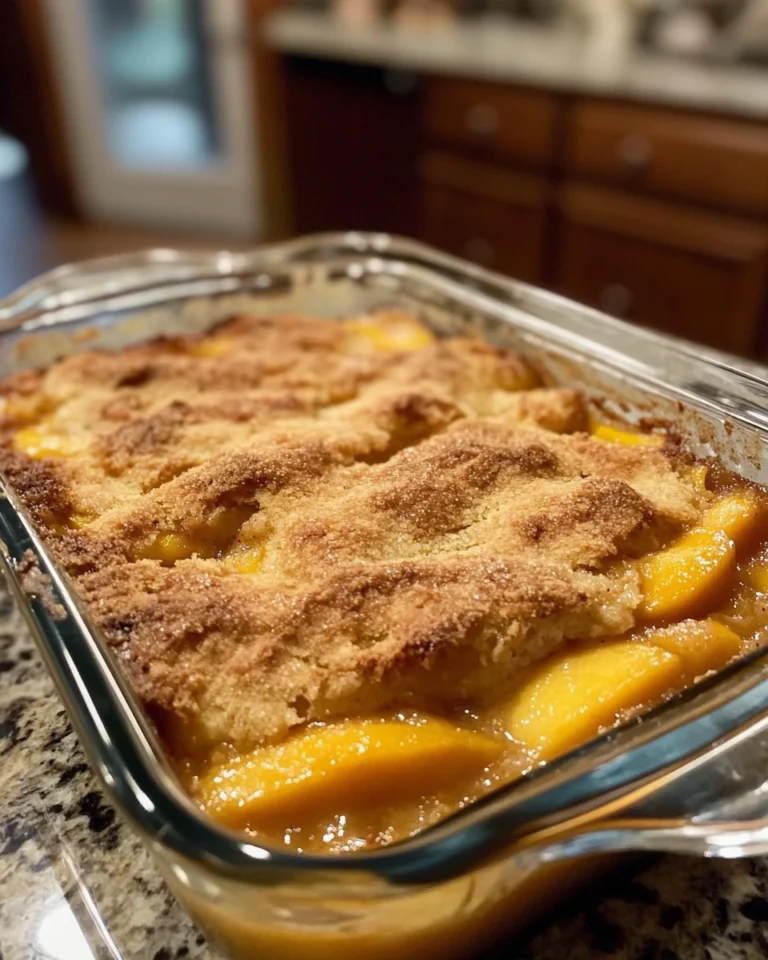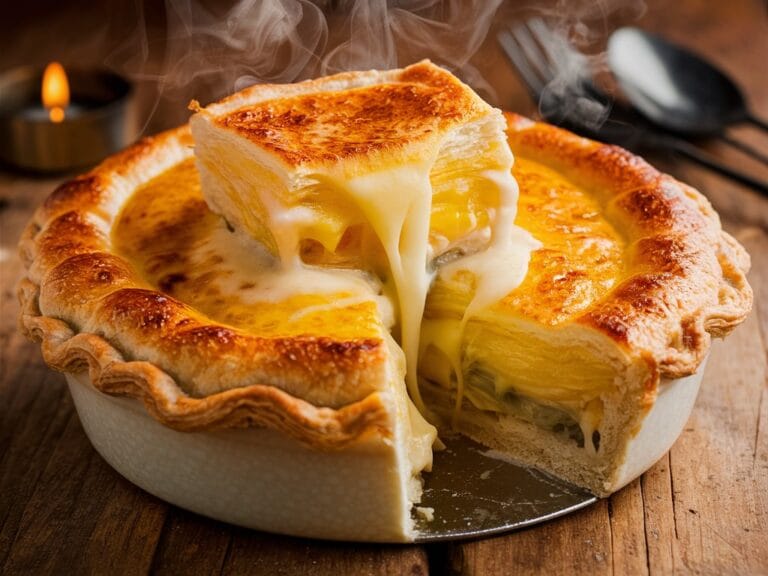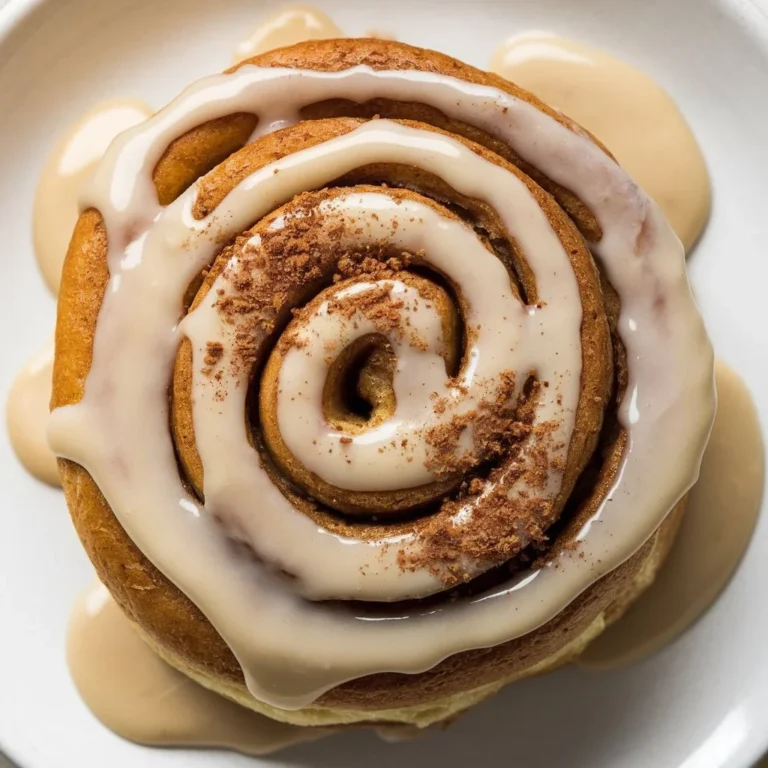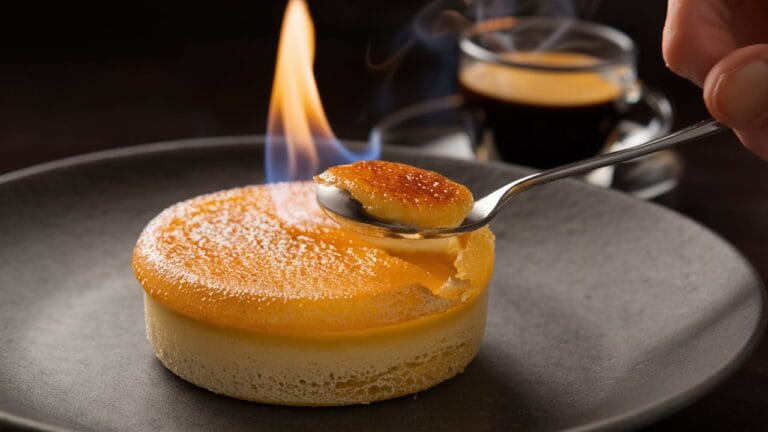What is the Difference Between Baked Cheesecake and Set Cheesecake?
What is the Difference Between Baked Cheesecake and Set Cheesecake?
Cheesecake is a universally loved dessert. Whether served plain or topped with fruits, chocolate, or sauces, it has become a staple in many countries, often celebrated as a decadent dessert for special occasions and everyday indulgence. However, did you know that there are two primary ways to make cheesecake? There’s the classic baked cheesecake and the increasingly popular set cheesecake (also known as no-bake cheesecake).
Although both types of cheesecake share many of the same base ingredients, their preparation methods, textures, flavors, and even storage options vary greatly. Understanding these differences will not only help you make the perfect cheesecake, but it will also give you a deeper appreciation for the versatility of this iconic dessert. This comprehensive guide will take you through the key differences between baked and set cheesecakes, exploring ingredients, preparation techniques, textures, variations, and more.
Part 1: What is a Baked Cheesecake?
1.1. History and Popularity of Baked Cheesecake
The origins of baked cheesecake can be traced back to Ancient Greece, where it was served to athletes during the first Olympic Games. It later made its way to Europe, becoming a favorite in Italy, where it was transformed into the rich, creamy dessert we know today. In the 1900s, baked cheesecake became a sensation in New York City, giving rise to the famous New York-style cheesecake, which remains popular worldwide.
What is a baked cheesecake?
A baked cheesecake is made by combining rich ingredients such as cream cheese, eggs, and often sour cream or ricotta. The mixture is then baked at a low temperature to ensure it sets properly without overcooking or drying out. Some recipes require a water bath (bain-marie) to ensure even cooking and prevent the cheesecake from cracking.
Why is it so popular?
Baked cheesecakes are loved for their dense, creamy texture and rich flavor. They often taste more indulgent and have a smooth mouthfeel, making them the preferred option for special occasions or fancy dinners.
1.2. Key Ingredients in Baked Cheesecake
The ingredients in baked cheesecake play a significant role in its texture and flavor. Let’s explore the most common components:
- Cream Cheese: This is the most essential ingredient in baked cheesecake. It provides the base for the dessert’s creamy texture and rich flavor.
- Eggs: Eggs are crucial for providing structure to the baked cheesecake. They allow the mixture to firm up in the oven while also contributing to the dessert’s smooth texture.
- Sugar: Adds sweetness and helps balance the tanginess of the cream cheese.
- Sour Cream or Ricotta: Some baked cheesecake recipes call for sour cream or ricotta to give the cheesecake a smoother, slightly tangier flavor. These ingredients can also lighten the texture.
- Vanilla Extract and Lemon Zest: These are common flavor enhancers used to bring a hint of brightness and depth to the dessert.
1.3. The Baking Process
Baking a cheesecake requires careful attention to temperature and timing. Unlike a cake or pie, which can tolerate fluctuations in oven heat, cheesecake is sensitive to overbaking, which can result in cracks or a rubbery texture.
The role of the water bath (bain-marie):
A water bath is often recommended when baking cheesecakes because it ensures even cooking by providing moist heat. The springform pan holding the cheesecake is wrapped in aluminum foil and placed in a larger pan filled with hot water. This method helps prevent the cheesecake from drying out and reduces the risk of cracking.
Cooling the cheesecake:
Once the cheesecake has finished baking, it must be cooled properly to avoid collapsing or cracking. It is recommended to let it sit at room temperature for at least an hour before refrigerating it for several hours (or overnight) to firm up.
Baking tip:
If you’re looking for other indulgent treats that require baking expertise, you might also enjoy experimenting with filled cupcake recipes. This comprehensive guide to filled cupcakes explores different techniques for creating moist, delicious desserts that satisfy every craving.
Part 2: What is a Set Cheesecake (No-Bake Cheesecake)?
2.1. Introduction to Set Cheesecake
Set cheesecake, often referred to as no-bake cheesecake, has gained popularity in recent years due to its ease of preparation. As the name suggests, it requires no baking at all. Instead, it relies on the refrigerator to firm up the cheesecake. This method creates a dessert with a lighter, mousse-like texture that is perfect for those who prefer a less dense and heavy cheesecake.
2.2. Key Ingredients in Set Cheesecake
The ingredients in set cheesecakes are similar to those in baked cheesecakes, but without the eggs. Instead, set cheesecakes use whipped cream, gelatin, or other thickening agents to achieve the desired consistency. Let’s take a look at the most common components:
- Cream Cheese: Still the most important ingredient, giving the set cheesecake its creamy base.
- Whipped Cream: Whipped cream is often used in no-bake cheesecakes to add air and lightness, creating a fluffier texture.
- Gelatin or Agar-Agar: Gelatin is commonly used in no-bake cheesecakes to help the mixture set without the need for heat. For vegetarian or vegan versions, agar-agar can be used as a substitute.
- Sugar: Just like in baked cheesecakes, sugar is added to sweeten the mixture and balance the tangy cream cheese.
- Flavoring Agents: Lemon zest, vanilla extract, and other flavors are commonly added to give no-bake cheesecakes a fresh, vibrant taste.
2.3. The No-Bake Process
Unlike baked cheesecakes, set cheesecakes require minimal preparation. The most important step is ensuring that the cheesecake mixture is whipped to a smooth consistency before being poured into the crust and chilled in the refrigerator for several hours. This allows the gelatin or whipped cream to firm up the mixture without the need for heat.
Why make a no-bake cheesecake?
Set cheesecakes are ideal for those who want a quick and easy dessert without the hassle of baking. They are also perfect for warm climates where using an oven might not be ideal. Additionally, set cheesecakes tend to have a lighter texture, making them a great option for people who find baked cheesecakes too rich or heavy.
Pro Tip:
For more inspiration on light, moist desserts that don’t require baking, try this healthy prune cupcake recipe, which offers another way to satisfy your sweet tooth without turning on the oven.
Part 3: Comparing Baked and Set Cheesecake
Now that we’ve looked at each type of cheesecake in detail, let’s compare them side by side to see how they differ in various aspects.
3.1. Ingredients
- Baked Cheesecake: Contains eggs, which are essential for giving the cheesecake its firm texture. Eggs set during baking, providing the rich, creamy consistency that baked cheesecakes are known for.
- Set Cheesecake: Does not include eggs. Instead, it relies on whipped cream, gelatin, or other thickening agents to hold its shape.
3.2. Preparation
- Baked Cheesecake: Requires oven time, with many recipes recommending the use of a water bath to ensure even cooking and prevent cracks. Once baked, the cheesecake must cool and set for several hours in the fridge.
- Set Cheesecake: No oven time is required. The mixture is prepared and then chilled in the refrigerator for several hours to firm up. This makes it a faster option, though it still requires patience while waiting for the cheesecake to set.
3.3. Texture
- Baked Cheesecake: Known for its dense, creamy, and rich texture. The inclusion of eggs provides a luxurious mouthfeel, making baked cheesecake a more indulgent dessert.
- Set Cheesecake: Lighter and airier, with a mousse-like texture. This makes it a great option for those who prefer a less dense, more refreshing dessert.
3.4. Flavor
- Baked Cheesecake: Often has a more complex, richer flavor due to the baking process, which intensifies the ingredients.
- Set Cheesecake: The flavor tends to be fresher and more vibrant, as the ingredients are not exposed to heat. This makes set cheesecakes ideal for highlighting fruity or citrus flavors.
3.5. Storage and Shelf Life
- Baked Cheesecake: Should be consumed within 24 hours for the best texture and flavor. While it can be stored in the refrigerator for longer, the cheesecake may dry out or lose its texture over time.
- Set Cheesecake: Can last up to 5 days in the refrigerator, making it a more convenient option for those who want to prepare desserts ahead of time or store leftovers.
3.6. Dietary Preferences
- Baked Cheesecake: Due to the inclusion of eggs, baked cheesecake is not suitable for vegans or those with egg allergies. However, it can be adapted for those on a gluten-free diet by using a gluten-free crust.
- Set Cheesecake: Can be more easily adapted to suit various dietary preferences. For example, by using agar-agar instead of gelatin, you can create a vegan version of set cheesecake. Additionally, set cheesecakes can be made gluten-free by using alternative crusts like almond flour or oat-based crusts.
Part 4: Variations and Flavor Combinations
Both baked and set cheesecakes offer endless possibilities for customization. Here are some popular variations and flavor combinations to try with both types of cheesecakes:
4.1. Classic New York-Style Cheesecake (Baked)
A rich and creamy version of baked cheesecake, New York-style is known for its dense texture and slightly tangy flavor. It’s typically served plain or topped with fresh berries or a fruit compote.
4.2. Lemon Blueberry Cheesecake (Set)
For a light and refreshing twist, try a no-bake lemon blueberry cheesecake. The tartness of the lemon pairs beautifully with the sweetness of the blueberries, creating a delightful balance of flavors. This is a great option for warm weather when you don’t want to turn on the oven.
Pro Tip:
For another delicious and fresh dessert option, check out this blueberry lemon cheesecake recipe. It’s a perfect blend of tangy and sweet, ideal for summer parties or casual gatherings.
4.3. Chocolate Cheesecake (Baked)
For chocolate lovers, a rich and indulgent chocolate cheesecake is the ultimate dessert. Made by adding melted chocolate to the cheesecake mixture, this version is perfect for satisfying any chocolate craving.
4.4. Strawberry Cheesecake (Set)
A no-bake strawberry cheesecake is perfect for those who prefer a fruity, refreshing dessert. Fresh strawberries are pureed and added to the cheesecake mixture, giving it a vibrant flavor and light texture.
4.5. Matcha Cheesecake (Baked or Set)
Matcha (green tea powder) has become a popular ingredient in desserts, and it works particularly well in cheesecakes. The earthy flavor of matcha balances the richness of the cream cheese, creating a unique and delicious dessert. Both baked and set versions of matcha cheesecake are equally delicious.
Part 5: Common Mistakes and How to Avoid Them
Cheesecake can be a tricky dessert to master, especially when it comes to baked versions. Here are some common mistakes and tips on how to avoid them:
5.1. Cracking in Baked Cheesecake
One of the most common issues with baked cheesecake is cracking on the surface. This can happen if the cheesecake is overcooked or cooled too quickly.
How to avoid cracks:
- Use a water bath to provide even heat during baking.
- Avoid overmixing the batter, which can introduce too much air and cause cracks.
- Allow the cheesecake to cool gradually by leaving it in the oven with the door slightly open for an hour before refrigerating.
5.2. Runny No-Bake Cheesecake
If your set cheesecake doesn’t firm up properly, it could be due to insufficient gelatin or not enough chilling time.
How to fix a runny cheesecake:
- Make sure to use the correct amount of gelatin or agar-agar as specified in the recipe.
- Chill the cheesecake for at least 4-6 hours, or overnight for best results.
Pro Tip:
If you ever encounter issues with desserts that won’t set, this guide on fixing runny pudding offers helpful tips that can also be applied to no-bake cheesecakes.
Part 6: Conclusion
In conclusion, both baked cheesecake and set cheesecake have their own unique qualities that make them beloved desserts around the world. Whether you prefer the rich, dense texture of a baked cheesecake or the light, airy feel of a set cheesecake, there’s no wrong choice. By understanding the key differences between these two types of cheesecakes, you’ll be better equipped to choose the right recipe for any occasion.
Key Takeaways:
- Baked Cheesecake: Rich, dense, and indulgent, baked cheesecake is the traditional choice for those who enjoy a luxurious dessert.
- Set Cheesecake: Light, mousse-like, and easy to prepare, set cheesecake is perfect for warm climates or those who want a quicker, no-fuss dessert.
Both versions can be customized with endless flavor combinations, from classic New York-style to fruity, chocolatey, or matcha-infused creations. No matter which type of cheesecake you choose, you’re in for a treat!
If you want more dessert ideas, be sure to check out other recipes like these filled cupcakes or prune cupcakes, which offer delicious alternatives for every occasion.

